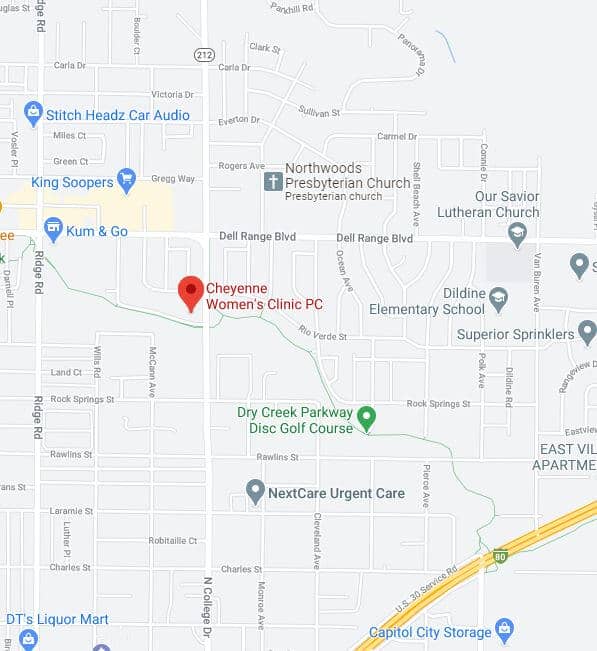Do you suffer through pain associated with your menstrual periods? You are not alone – more than half of all women who menstruate report having some pain for at least a day or two each month.
Discomfort and pain associated with menstrual periods is called dysmenorrhea, and it makes going through your periods every month that much more annoying. The good news is dysmenorrhea can be treated.
Types of Dysmenorrhea
There are two types of dysmenorrhea:
Primary dysmenorrhea, which is what women describe as menstrual cramps. The source of the pain comes from natural chemicals made in the lining of the uterus called prostaglandins. These chemicals cause the uterus to contract, which causes cramps. With primary dysmenorrhea, the pain or cramps usually begin right before your period starts as the level of prostaglandins increases in the uterus. Levels are the highest on the first day of your period, then decrease as the lining of the uterus is shed. Pain and cramps typically go away as prostaglandin levels decrease. Primary dysmenorrhea often begins at a young age, usually when a girl begins having menstrual periods. In many women, periods become less painful as they get older, and may also improve after giving birth.
Secondary dysmenorrhea, which is caused by a disorder in the reproductive system. This type of dysmenorrhea typically begins later in life than primary dysmenorrhea, and the pain tends to get worse over time instead of getting better. The pain also tends to last longer than cramps do, beginning a few days before your period starts, then getting worse and not going away until a few days after your period is over.
Secondary dysmenorrhea can be caused by a number of conditions including:
- Endometriosis, which is tissue from the lining of the uterus that grows outside the uterus.
- Adenomyosis, which is tissue from the lining of the uterus that grows in the muscle wall of the uterus.
- Endometriosis, which is tissue from the lining of the uterus that grows outside the uterus.
- Fibroids, which are benign growths that form on the outside, on the inside, or in the muscle walls of the uterus.
Treating Dysmenorrhea and Painful Periods
There are a number of different treatments for dysmenorrhea and painful periods that your provider may use depending on the cause and severity of your pain.
- Pain relievers – NSAID medications, such as Aleve, Motrin, or Ibuprofen, target prostaglandins and reduce their amounts, as well as their effects.
- Birth control methods – Birth control medications and devices that contain estrogen and progestin, or progestin only, can be used to treat dysmenorrhea.
- Alternative treatments – Vitamin B1 or magnesium supplements may be helpful in relieving pain, as well as acupuncture.
- Surgery – Surgery that removes fibroids or endometriosis tissue may help dysmenorrhea. If other treatments haven’t worked and your pain is severe, your doctor may recommend a hysterectomy, but this is usually done as a last resort.
If you are dealing with painful periods, call for an appointment, 307.637.7700. Your provider will work with you to determine the cause of your pain and the best course of treatment.







